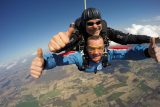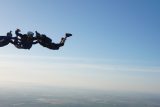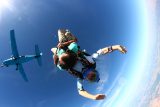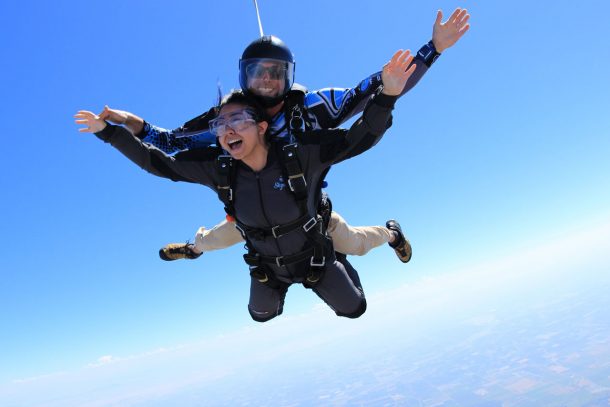Skydiving Risks
Every year, we welcome thousands of first-time skydivers here at Skydive California (in the Bay Area) to make their first jump, usually as a tandem. Tandem skydiving is the most popular way to experience skydiving for the first time. Here, we explore tandem skydiving risks and explain why this sport is the safest it’s ever been.
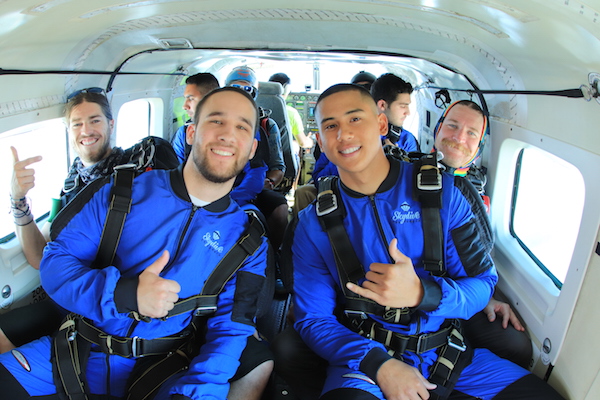
Tandem Skydiving In The U.S.
Skydiving has grown in popularity here in the US over the years. According to USPA (United States Parachute Association) statistics, there were an estimated 3.2 million skydives made in 2014 by skydivers across the country.
What Is A Tandem Skydive?
Tandem skydiving is the preferred choice of most first timers because it gives them the opportunity to experience the feeling of jumping from an airplane, without having to go through extensive training to do it alone. All you need is a brief from one of our highly experienced instructors, (which takes around 20 minutes), then you’re able to jump.
As a tandem skydiver, you’ll be attached to your instructor by four connection points on your harness which securely fasten you to the instructor’s harness and rig. The ‘rig’ is the container which holds, among other things, two parachutes. We’ll talk about this a bit later on in this article.
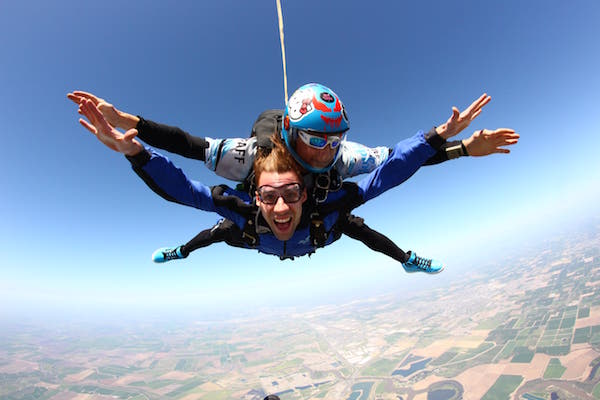
Tandem Skydiving Risks
Tandem skydiving, like any extreme sport, comes with its associated risks. The very fact that you’re jumping from an airplane means you are stepping outside of what’s ‘normal’ for a human being and as such, every now and again, something happens that wasn’t part of the original plan.
Typically, skydiving accidents are very uncommon and usually minor. The most common skydiving accident for tandem skydivers is a sprained or broken ankle sustained on landing. This typically happens when tandem skydivers fail to follow the brief. It clearly states they should lift their legs for landing. Providing you lift your legs up as instructed, you’re far less likely to sustain a landing injury.
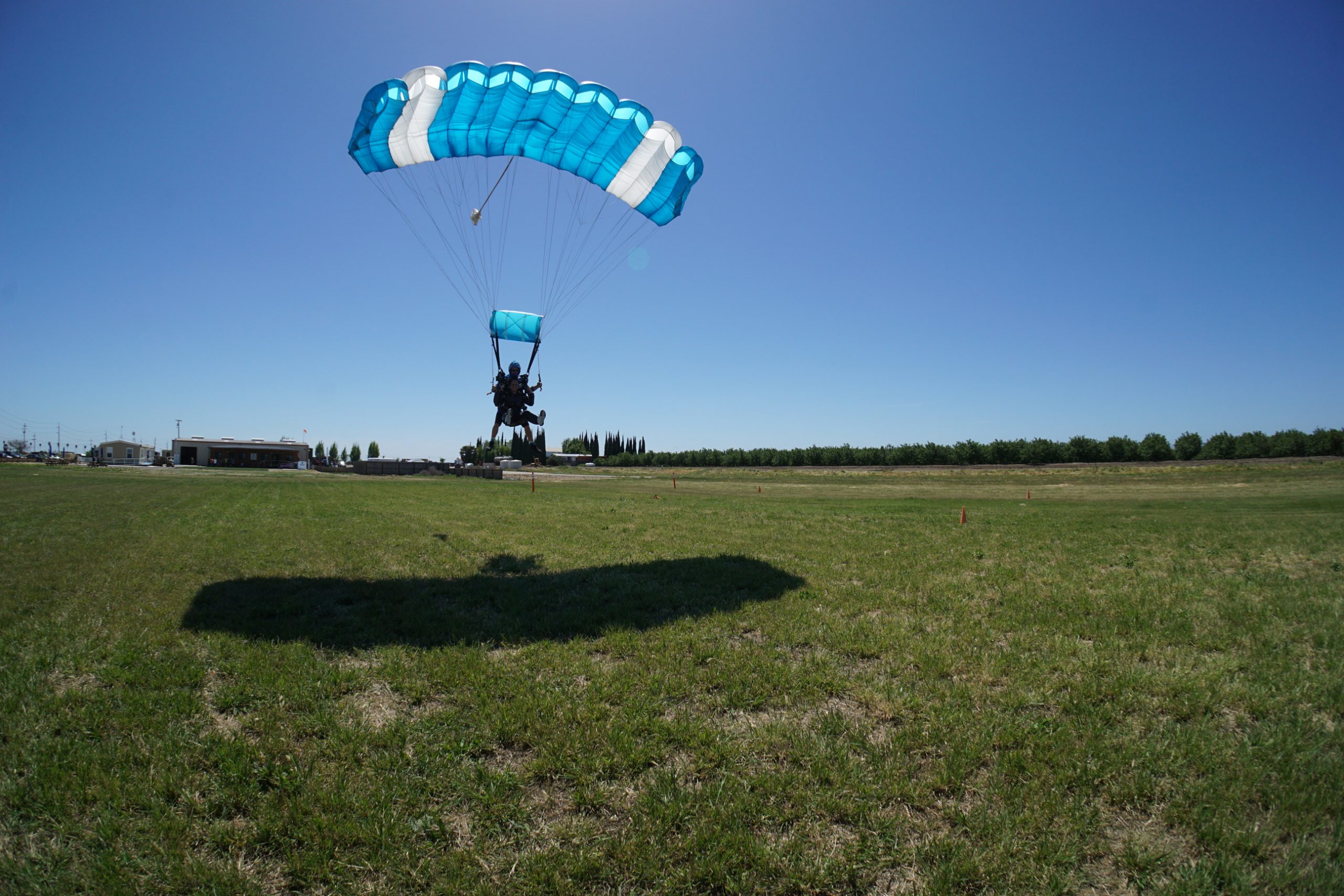
Tandem skydiving gives most people a huge burst of adrenaline, too. This can result in you feeling overwhelmed, dizzy or nauseous, but is not a common occurrence.
Though nausea and landing injuries are by far the most common skydiving risks or injuries involved, there are, in a very small number of cases, a skydiving fatality. This is something we do all we can to protect you and ourselves against. According to USPA safety statistics, there were 0.003 tandem fatalities per 1,000 jumps over the past decade. As stated on the USPA website, “a person is much more likely to be killed getting struck by lightning or stung by a bee.“
How We Minimize Skydiving Risks
The sport of skydiving is getting safer every year thanks to continuing research into our equipment and safety tools.
Though we can never 100% abolish the risks of skydiving (we’re jumping out of an airplane after all), we do all we can to negate them as much as possible. Here are just a few of the provisions we have in place to help everything go to plan:
Planning for the unplanned
We talk a lot about planning in this sport. We plan who we jump with, types of formations, and even jump order.
But we also do a lot of planning for those things which are against our normal plans, too.
For example, our plan is always to use our primary parachute (or our ‘main canopy’) when the time comes to reduce our fall rate and fly back to the ground. However, there are times (around one in every thousand jumps or so) that our main canopy fails for some reason. That’s why we jump with two parachutes! If the main parachute has a malfunction, we can ‘cut away’ the parachute and deploy a reserve parachute.
We’re always sure to plan for those things which are outside of our best case scenario. Nothing is unexpected and our instructors are trained to cope with unexpected situations.
Automatic activation devices (AADs)
AADs are one of the most important innovations of skydiving today.
A small device which sits inside the ‘rig’, the AAD measures air pressure and speed and knows when we are still in freefall at a height where we should have deployed our parachute.
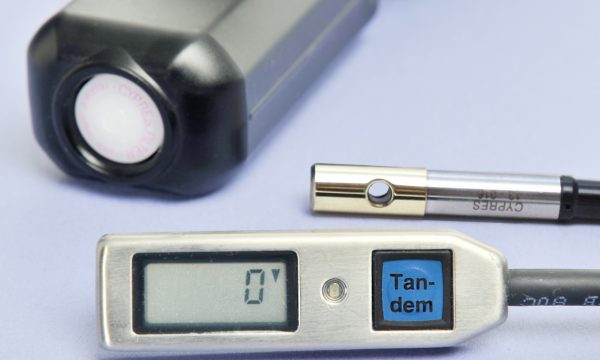
If a skydiver failed to pull their parachute, an AAD is designed to ‘pull’ the parachute.
The AAD recognizes this and sets off a small cutter which releases the reserve parachute automatically. This is a last resort device, but provides us with that extra level of protection should something go awry.
Skydiving Training
Training plays a hugely important part in skydiving. From our very first jump course, we learn with precision how to fly our bodies and operate our equipment in the most efficient and effective ways.
Our training doesn’t end when we achieve our skydiving licenses either. Every jump is an opportunity to learn something new and there are lots of formal qualification routes to take. Our instructors are all accredited by the USPA and have passed strict courses and exams.
If you’re thinking about tandem skydiving in the Bay Area for the first time and wish to speak to us about any concerns you have, please contact us and our friendly team will be happy to help.
